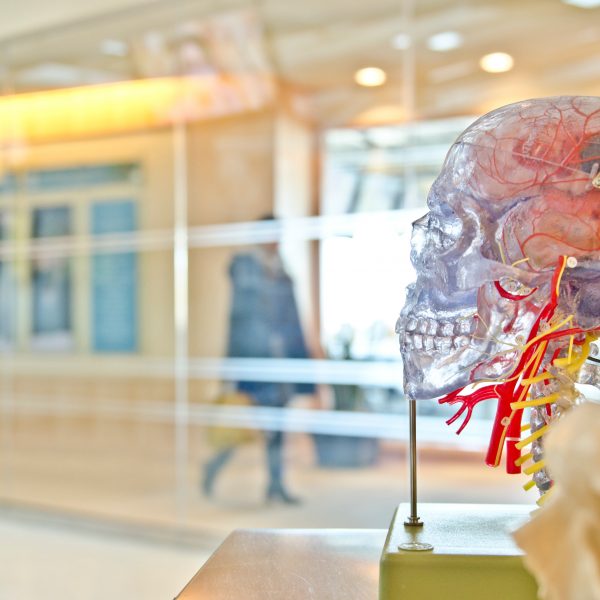New research explores how babies integrate new information with existing knowledge

A new study conducted by German researchers and recently published in Psychological Science has explored the way in which babies integrate new information with their existing bank of knowledge.
Working with nine-month-old babies, the research team invited parents, with their nine-month-olds, to the lab to look at short picture stories with either expected or unexpected physical and social outcomes.
For example, infants were shown a man who was holding a pretzel. In the expected outcome condition, he led the pretzel to his mouth. In the unexpected outcome condition, to disrupt infants’ expectations, he held the pretzel to his ear.
To understand how the infants integrated new information (such as that pretzels can be held to ears as well as eaten), the researchers reviewed electroencephalogram (EEG) data showing the brain activity of the babies during the presentation of the images. EEG measures the electrical signals underlying information transfer between nerve cells. The signal can fluctuate at different frequencies that are associated with different ongoing cognitive processes.
Observing new or unexpected events allows researchers to investigate infants’ processing of novel information. Scientists have already shown that the theta rhythm is important for the integration of novel events in adults. In the recent project, the scientists explored whether the theta rhythm also supports the integration of novel information when observing unexpected events in young babies.
Researcher Miriam Langeloh explained that babies were shown the picture stories very quickly, flickering at a 4 Hz (theta) or a 6 Hz (alpha) frequency. For example, in the theta condition, the events were presented at a flickering rate of four images per second.
“The brain areas that are responsible for seeing, the visual cortex, synchronized their activity to the speed of the presented images. We were able to show that the brains of the babies, like in adults, respond to the rhythmic presentation of the events,” Ms Langeloh said.
In the next step of the research, the team looked at how the brain reacted for expected and unexpected outcomes.
“Only the theta rhythm was sensitive to the unexpected compared to the expected actions. This shows us that the theta rhythm is responsible for the encoding of novel information in the infant brain. Importantly, in the alpha rhythm, which we looked at for comparison, there was no difference between expected and unexpected outcomes,” said fellow researcher Moritz Köster.
In future studies, the scientists will investigate whether learning processes in babies can be actively promoted by visual stimulation of the theta rhythm.
To access the research in full, please see here.
Popular

Policy
Practice
Provider
Quality
Research
Workforce
Beyond the headlines: celebrating educators and the power of positive relationships in early learning
2025-07-07 10:00:24
by Fiona Alston

Workforce
Policy
Quality
Practice
Provider
Research
ECEC must change now, our children can’t wait for another inquiry
2025-07-02 07:47:14
by Fiona Alston

Workforce
Quality
Practice
Provider
Research
Beyond the finish line: Championing child protection one marathon at a time
2025-07-08 09:15:32
by Fiona Alston













